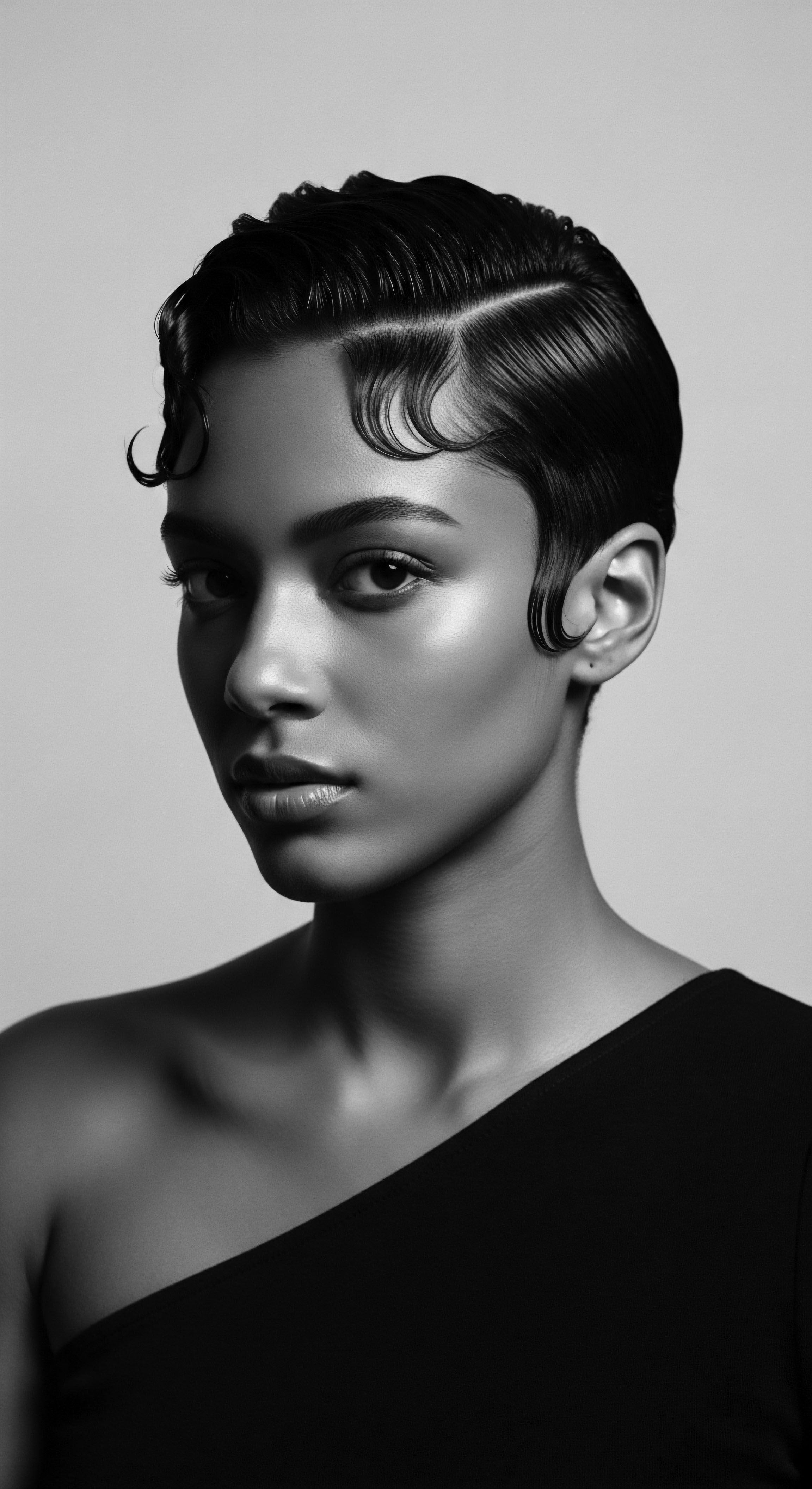
Roots
The very strands that crown us carry stories, etched not only in their outward coil and texture, but in their very cellular composition. For those whose hair bears the ancestral legacy of curl and wave, a whispered dialogue exists between fiber and oil, a connection reaching back across generations to the continent and beyond. It is a dialogue about how the structure of textured hair, with its inherent inclinations and intricate twists, extends an invitation to oil molecules, an invitation passed down through the enduring practices of our forebears. This understanding requires a gaze both microscopic and expansive, examining the biological architecture of our hair while honoring the profound wisdom of those who first understood its needs.
Consider the individual strand. It possesses a complex inner world, shielded by a protective layer of overlapping cells, the cuticle. For textured hair, this cuticle often presents as more raised, sometimes even subtly fractured, particularly along the curves and bends that define its shape. This physical characteristic is not a flaw; it is a signature of its unique heritage, contributing to a greater surface area.
Beneath this outer shield lies the cortex, the core of the strand, composed of bundled protein fibers, primarily keratin. These protein structures, organized with specific patterns in textured hair, create internal pathways. The medulla, a central canal present in some hair types, also plays a role in the strand’s overall character. These distinct structural elements, shaped by ancestral inheritance, influence how various substances interact with the hair, inviting certain molecular guests more readily than others.
Textured hair’s distinct architecture, a gift of ancestral inheritance, uniquely welcomes oil molecules into its very fiber.
Long before the advent of modern microscopy, our ancestors, with an intuitive grasp of nature’s offerings, recognized the profound affinity between textured hair and natural oils. Their observations, honed over countless generations, informed daily rituals of care. The practices of oiling, of anointing the scalp and strands, were not merely cosmetic acts. They were acts of preservation, of health, and indeed, of spiritual connection, passed down from mother to child, from elder to youth.
These traditions, born of deep respect for the physical self and the natural world, laid the groundwork for our contemporary grasp of how oils function within hair’s particular makeup. The very essence of these traditions reflects a living knowledge of hair’s composition and its needs.
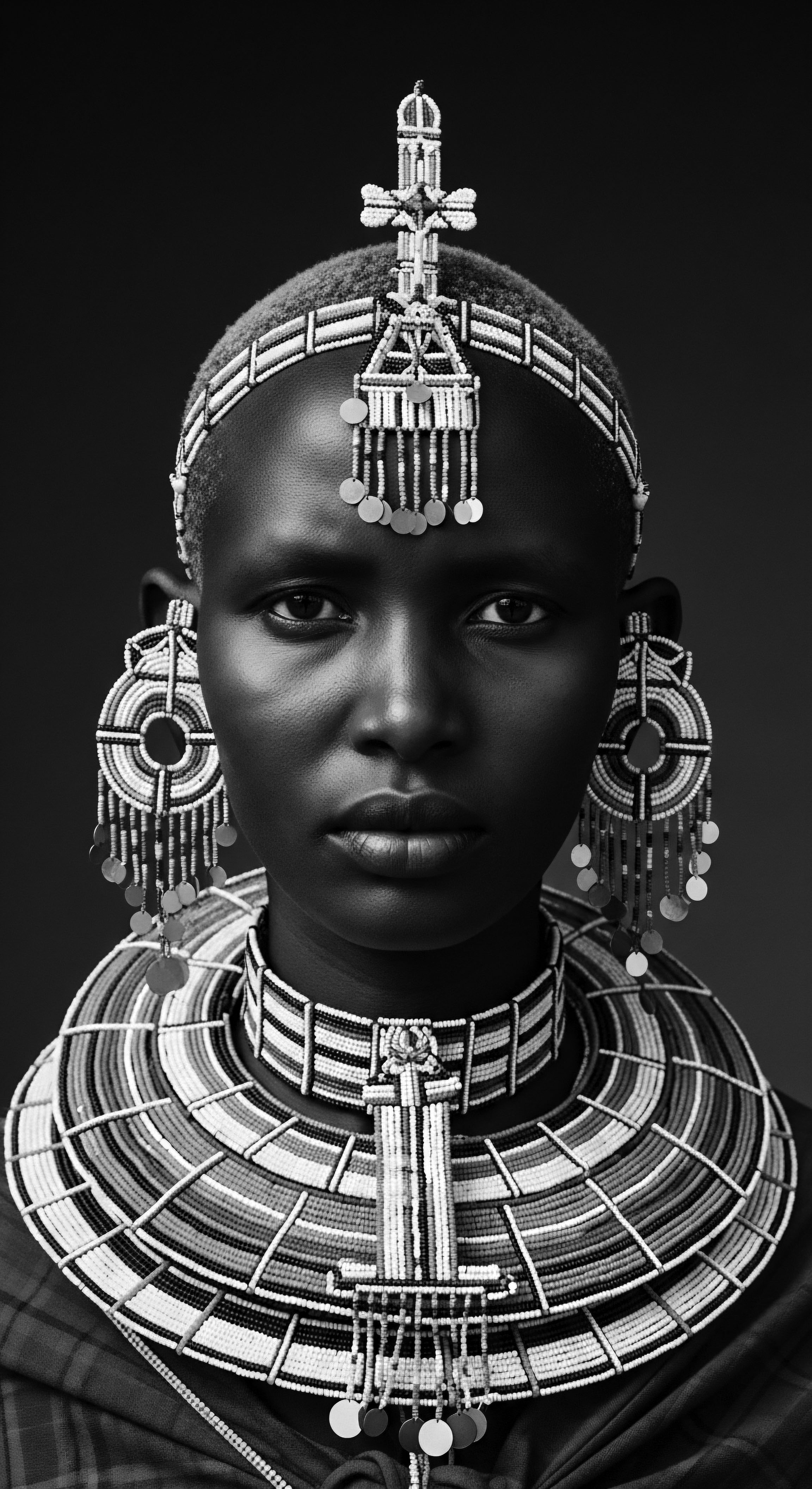
Structural Inclinations and Molecular Access
Why does textured hair appear to have a particular longing for moisture, for the richness of oils? The elliptical cross-section, common in many textured hair types, contributes to the natural coiling and bending of the strand. At each curve, the cuticle layers can lift slightly, creating minute, almost imperceptible openings. These natural points of access act as subtle doorways, welcoming the oil molecules.
- Cuticle Arrangement ❉ The outer layer of keratinized cells, often raised or less tightly aligned along the hair’s curves, provides entryways.
- Cortical Matrix ❉ The internal protein bundles, particularly in their unique bilaterally distributed paracortex and orthocortex regions, influence how molecules spread within the fiber.
- Lipid Content ❉ Research suggests that African hair may possess a higher concentration of internal lipids, which can interact with keratin structures, potentially influencing how external oils integrate with the strand’s existing lipid profile. (Pinto and Ribeiro, 2012, p. 77)
- Surface Area ❉ The myriad coils and bends of textured hair present a significantly greater total surface area compared to straight hair, offering more points of contact for oil molecules.
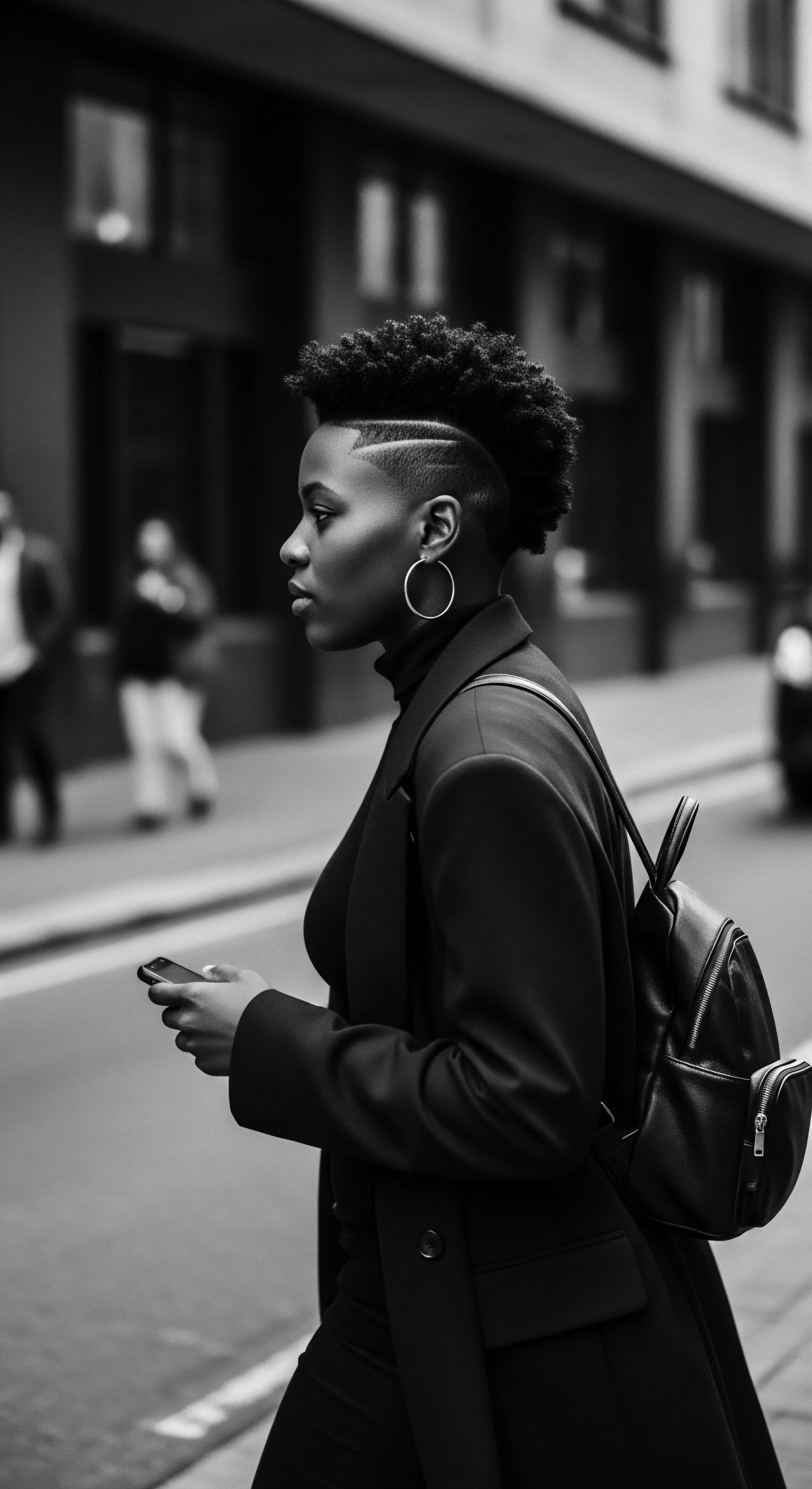
An Ancient Anointing
One of the most potent examples of this ancient understanding is the enduring legacy of Shea Butter. For millennia, across the shea belt of West and Central Africa, from the vast savannas of Burkina Faso and Ghana to the vibrant lands of Nigeria and Mali, the fruit of the Vitellaria paradoxa tree has provided a golden balm. This sacred offering, extracted through traditional, often artisanal processes passed down through generations of women, has been a cornerstone of care for skin and hair.
(Ciafe, 2023) Women, often the keepers of this ancestral wisdom, would collect the fallen fruits, process the nuts through boiling or sun-drying, then grind and knead them to yield the rich butter. This meticulous labor underscores the high regard in which this natural resource was held.
Shea butter, abundant in vitamins A, E, and F, along with essential fatty acids, was applied to hair not merely as a moisturizer. It served as a protective shield against the sun, wind, and harsh arid climates. Its properties allowed it to sit upon the hair, coating the cuticle and minimizing moisture loss, a crucial action for hair prone to dryness.
Simultaneously, its lighter fractions and fatty acids could, through massage and warmth, find their way into the strand’s outer layers, supplementing the hair’s natural lipid content. This historical application exemplifies an inherent understanding of hair’s needs and the properties of natural ingredients, a knowledge cultivated through generations of lived experience and observation.

Ritual
The ceremonial application of oils within Black and mixed-race communities transcends simple cosmetic routine; it is a ritual, a tender thread connecting the present to a vibrant past. This deliberate engagement with ancestral oils, a practice steeped in cultural heritage, speaks directly to the biophysical inclinations of textured hair. When we speak of oil molecules welcoming into the hair structure, we are not just observing a passive absorption, but a dynamic interaction often guided by practices passed down through familial and communal memory.
The unique helical twists and turns of textured hair mean that natural oils, with their diverse molecular sizes and compositions, interact with the strand in varied ways. Some oils, like those with smaller molecular structures or higher concentrations of specific fatty acids, are able to penetrate the cuticle layers with greater ease. Others, larger in molecular footprint, might primarily coat the exterior, offering a protective barrier that seals in moisture and provides a tangible defense against environmental stressors. This duality of penetration and sealing has been instinctively understood and utilized within heritage hair care practices for centuries, long before scientific laboratories could articulate the molecular mechanisms.
Traditional oiling rituals represent a sophisticated, lived understanding of textured hair’s needs for both deep nourishment and external protection.
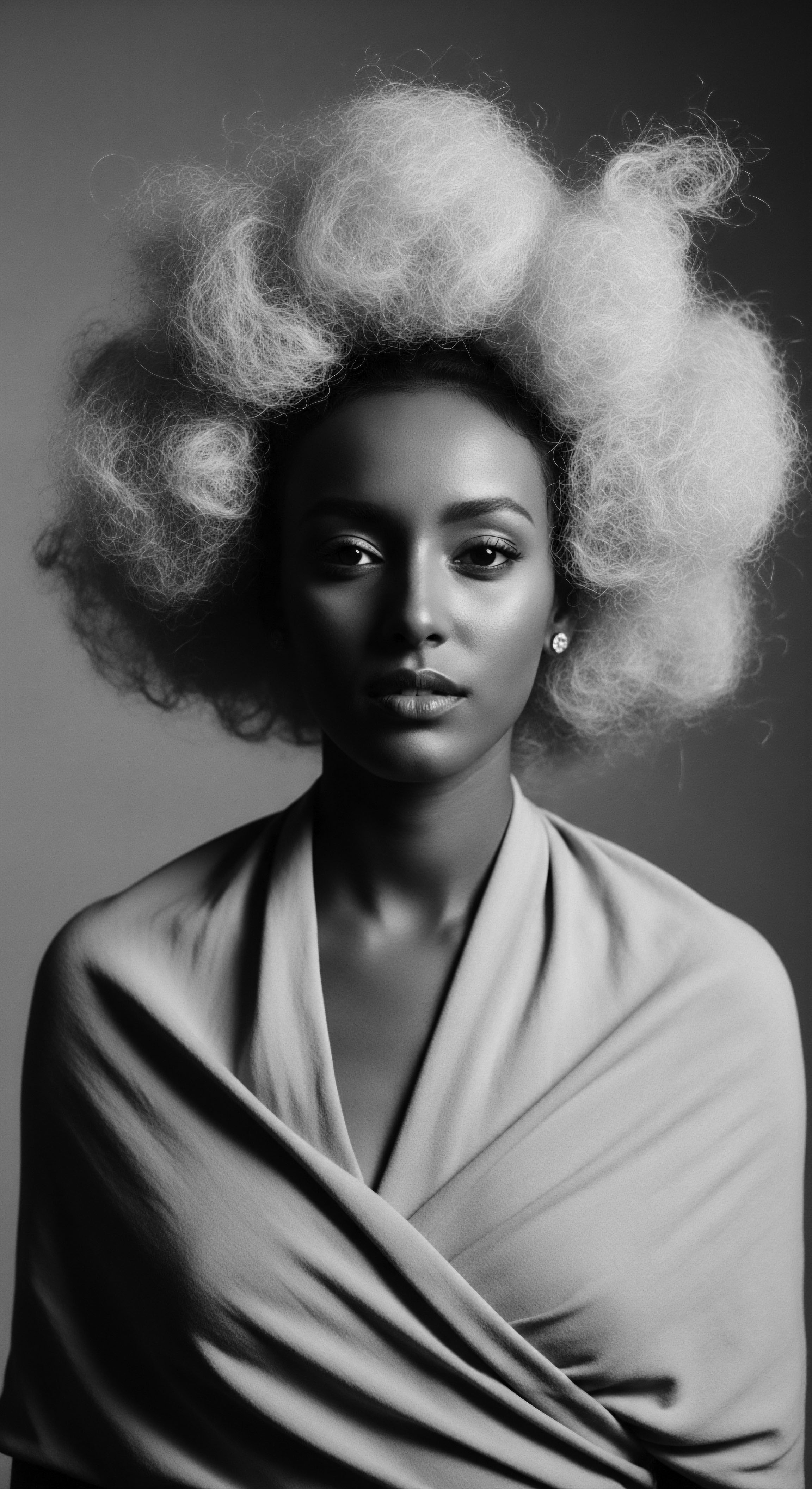
How Do Oil Molecules Navigate Textured Hair’s Intricate Paths?
The journey of an oil molecule into textured hair begins at the cuticle. The overlapping scales of the cuticle, though generally closed, can be slightly raised, particularly in hair that is prone to dryness or has endured handling. The twists and coils inherent to textured strands create points of stress where these scales may lift more readily, offering channels for oil to enter. Once past the cuticle, the oil molecules encounter the intercellular cement, known as the cellular membrane complex (CMC), which binds the cuticle cells and cortex together.
This lipid-rich pathway is a primary route for oil diffusion into the hair fiber. (Popescu and Hori, 2010)
The internal structure of the cortex, with its unique arrangement of cortical cells (paracortex and orthocortex), also influences how oils spread. Research indicates that oil molecules may diffuse more readily into the orthocortex regions, potentially leading to an uneven distribution within the strand. (Souza et al. 2025) This scientific observation lends a deeper layer of understanding to the historical practices of massaging oils deeply into sections of hair, a method that would have aimed to distribute the product as widely as possible, compensating for these inherent structural variations and ensuring comprehensive coverage.

Ancestral Oils and Their Properties
From the rich landscapes of Africa, a wealth of botanical oils has been utilized for hair care, each chosen for its particular properties and how it interacted with the hair. These selections were not arbitrary; they reflected generations of observation and collective knowledge, often passed down through oral histories and demonstrations.
| Traditional Oil Shea Butter (Vitellaria paradoxa) |
| Heritage Use and Properties Widely used across West Africa. Renowned for its emollient properties, it acts as a protective barrier against harsh climates. Traditionally used for sealing moisture and promoting hair health. Rich in vitamins A, E, and F. (Ciafe, 2023) |
| Traditional Oil Palm Kernel Oil (Batana Oil, Elaeis guineensis) |
| Heritage Use and Properties Common in West African communities. High in lauric acid, vitamins A and E. Used for nourishing the scalp, strengthening hair, and promoting growth, combating dryness and breakage. (KhalidaNaturals, n.d.) |
| Traditional Oil Manketti Oil (Mongongo Oil, Schinziophyton rautanenii) |
| Heritage Use and Properties Sourced from Southern Africa. Used in traditional Kwangali hair treatments to protect hair from dry climates and wind. Contains linoleic acid, offering moisture retention. (The Natural Beauty Workshop, 2011) |
| Traditional Oil Karkar Oil (Chad/Sudan) |
| Heritage Use and Properties A traditional blend, often including sesame oil, ostrich oil, cow fat, and honey wax. Used for softness, manageability, moisture sealing, and breakage prevention. Contains vitamins A and C. (Africa Imports, n.d.) |
| Traditional Oil These ancestral oils, deeply integrated into cultural practices, offer a clear historical lens on hair's needs. |
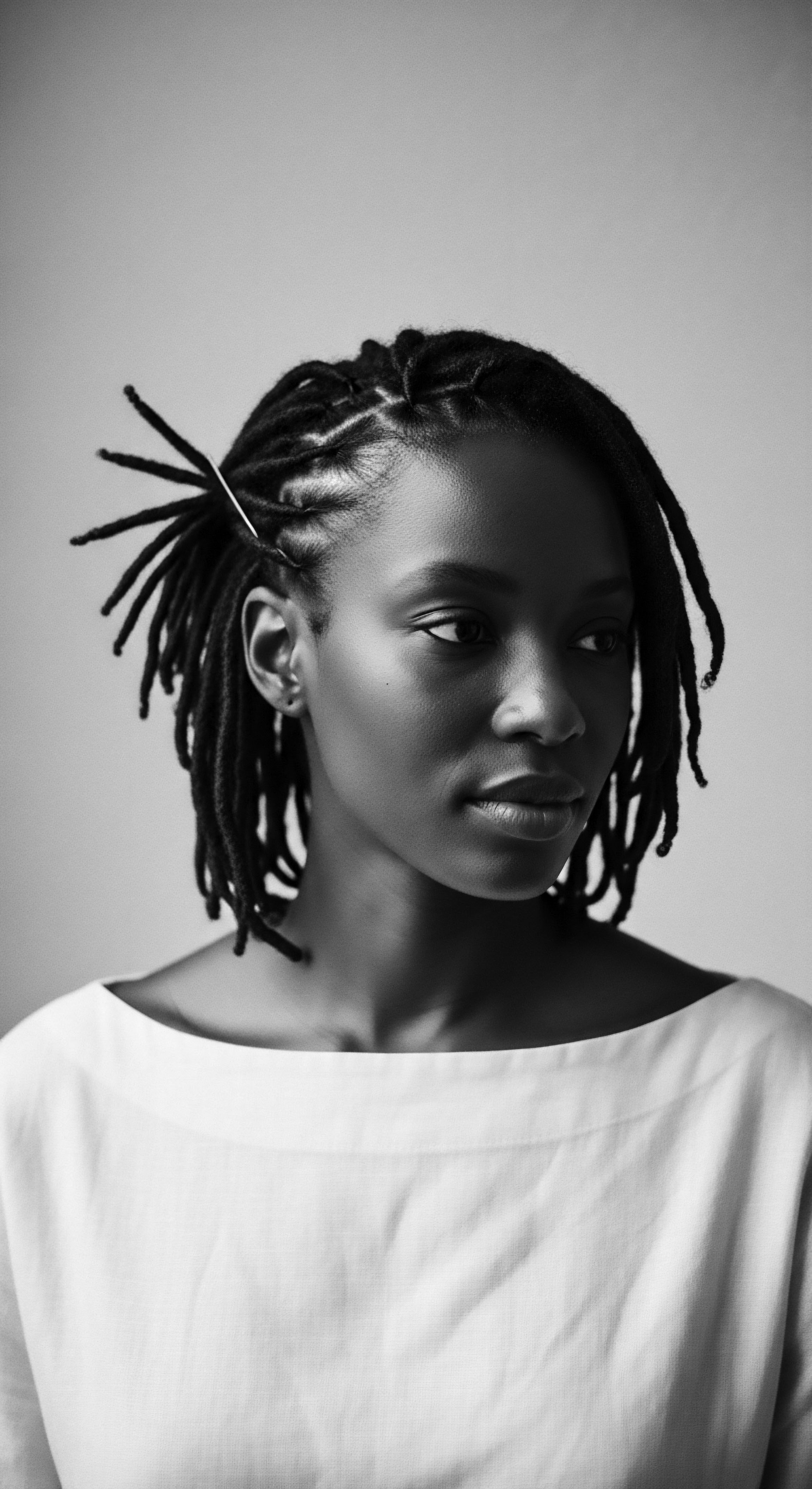
Relay
The continuous stream of knowledge regarding textured hair and its particular affinity for oils represents a remarkable relay, a handing down of insights from ancient wisdom to contemporary understanding. This relay is not a simple linear progression; it is a complex interplay where modern scientific inquiry often validates, rather than replaces, the profound efficacy of ancestral practices. The question of how oil molecules engage with hair is thus not merely a matter of molecular biology, but a testament to generations of refined observation and application within communities that have long celebrated their hair as a symbol of identity and continuity.
The porosity of textured hair, a condition where the cuticle layers are more open or raised, plays a significant part in its interaction with oils. While high porosity can lead to moisture loss, it simultaneously renders the hair more welcoming to external conditioning agents. Oils, particularly those rich in fatty acids, can help to supplement the natural lipid barrier of the hair, thereby reducing water evaporation and improving overall moisture retention. This is where the ancestral insight of “sealing” products comes into sharp focus; traditions emphasizing layering or applying oils to damp hair were, in essence, intuitively working with the hair’s inherent porosity and its need for lipid replenishment.
The interplay of ancient wisdom and modern scientific understanding paints a richer picture of textured hair’s unique interaction with oils.

Do Modern Scientific Understandings Corroborate Ancestral Oiling Methods?
Contemporary research has, in many instances, provided a scientific framework for the observed benefits of traditional oiling practices. Studies employing techniques like Matrix-Assisted Laser Desorption Ionization Time-of-Flight Mass Spectrometry (MALDI–TOF MS) allow researchers to map the penetration of oil molecules into hair fibers. While these studies show that oils like coconut, avocado, and argan do permeate the hair, their distribution may not be uniform across the entire cortex, especially in textured hair where the cortical structure features distinct regions.
(Souza et al. 2025) This implies that the effectiveness of oil treatments is not simply about penetration, but also about the method of application and the properties of the oil itself.
The presence of lipids within the hair fiber itself is another layer of complexity. Some research suggests that African hair may contain a higher concentration of internal lipids which can interact with the keratin structure, potentially influencing its overall arrangement. (Pinto and Ribeiro, 2012, p. 77) When external oils are introduced, they can establish hydrophobic interactions with the keratin chains and matrix proteins, particularly in virgin hair, thereby reinforcing the hair’s natural barrier.
(Camargo et al. 2024) This scientific explanation offers a glimpse into why ancestral practices emphasized sustained oiling, allowing for a continuous replenishment of these crucial lipid layers, mimicking and augmenting the hair’s own protective mechanisms.
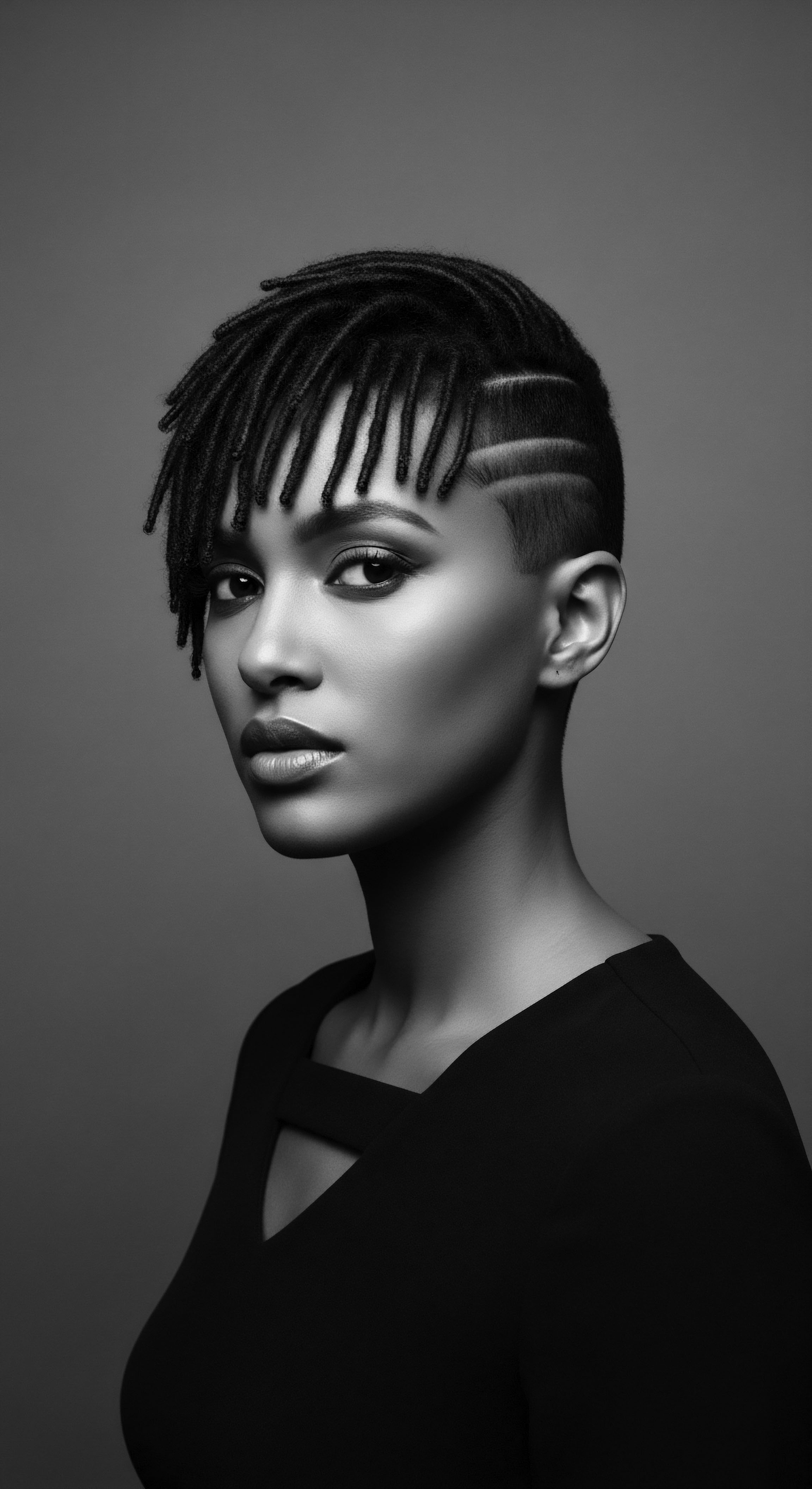
The Continuity of Care Across Generations
The application of oils in textured hair heritage is often a multi-step, communal act. This goes beyond the mere physical delivery of molecules to the hair shaft; it encompasses touch, patience, and shared wisdom. The “L.O.C. method” (Liquid, Oil, Cream), a popular contemporary technique, finds echoes in historical practices where various hydrating and sealing agents were layered onto the hair.
For example, some traditions involved first dampening the hair with water or herbal infusions, then applying an oil, and finally, a heavier butter or cream. This layering effectively addressed the porosity, ensuring the hair was hydrated before being sealed, thereby maximizing the oil’s efficacy in trapping that moisture.
- Warm Oil Treatments ❉ Heating oils gently before application, a practice found in many traditions, can reduce their viscosity, theoretically aiding in their spread across the hair and scalp, while also providing a soothing experience.
- Sectioning the Hair ❉ Dividing the hair into smaller sections before oiling, a meticulous step, ensures even distribution of the product, addressing the inherent unevenness of oil penetration observed in textured strands.
- Scalp Massage ❉ Beyond the hair itself, the scalp was often anointed with oils. This ritual, believed to stimulate circulation and nourish the hair follicle, speaks to a holistic understanding of hair health, recognizing the foundation from which each strand grows.
- Overnight Application ❉ Leaving oils on the hair overnight, sometimes covered with protective cloths, allowed for extended contact time, permitting deeper absorption and conditioning.
The enduring value of these traditions lies not only in their practical outcomes but in their deep cultural meaning. Hair care, particularly for textured hair, served as a conduit for intergenerational bonding, a space for storytelling, and a quiet act of defiance against dominant beauty standards that often devalued natural Black hair. Through the shared application of oils and the passing down of techniques, communities preserved not only hair health but also cultural identity and collective resilience. (Nyela, 2021) The relay continues, with each application of oil a conscious connection to a rich ancestral legacy, allowing oil molecules to not only nourish the hair but also carry forward a profound story.

Reflection
To consider how textured hair’s structure welcomes oil molecules from heritage is to embark upon a journey of profound connection. It asks us to look beyond the superficial, past fleeting trends, and into the very soul of a strand, recognizing its unique biological architecture as a living archive. The dialogue between our hair and the ancient oils, passed down through the hands and hearts of our forebears, transcends mere chemistry. It speaks to a deep, inherent wisdom, a symbiotic relationship cultivated over millennia within communities who understood the language of their hair long before the scientific lexicon existed.
This exploration illuminates not only the physical pathways oil molecules traverse within the helix and coil but also the enduring currents of cultural transmission. Each application of an oil, whether it be shea from the Sahel or palm kernel from West Africa, carries the weight of history, the quiet strength of resilience, and the vibrant legacy of beauty. It is a reaffirmation of identity, a connection to a past that actively shapes the present, and a celebration of hair that stands as a living testament to ancestral ingenuity. The wisdom held within these traditions, of caring for hair with intention and reverence, assures that the welcoming embrace of oil molecules by textured hair will continue to tell its compelling, ancestral story for generations to come.

References
- Ciafe. Shea Butter. Ciafe. 2023.
- KhalidaNaturals. Pure West African Batana Oil (Palm Kernel Oil). KhalidaNaturals. n.d.
- The Natural Beauty Workshop. Oils of Africa. The Natural Beauty Workshop. 2011.
- Africa Imports. Karkar Oil for Hair. Africa Imports. n.d.
- Pinto, J. R. and Ribeiro, H. M. Keratins and Lipids in Ethnic Hair. Journal of Cosmetic Science. 2012, 63(1), 73-82.
- Souza, V. A. Silva, G. C. Silva, G. L. & Pinheiro, S. A. Penetration of Vegetable Oils into Textured Hair Fibers ❉ Integrating Molecular Matrix Assisted Laser Desorption Ioni-Zation Time-of-Flight Mass Spectroscopy (MALDI TOF/TOF MS) Analysis with Mechanical Measurements. Cosmetics. 2025, 12(1), 40.
- Camargo, N. M. Morais, L. C. Gomes, D. A. & Pinto, R. M. Impact of Hair Damage on the Penetration Profile of Coconut, Avocado, and Argan Oils into Caucasian Hair Fibers. Cosmetics. 2024, 11(3), 81.
- Nyela, O. Braided Archives ❉ Black Hair as a Site of Diasporic Transindividuation. YorkSpace. 2021.
- Popescu, C. & Hori, H. The chemistry and physics of hair. Elsevier Science. 2010.
